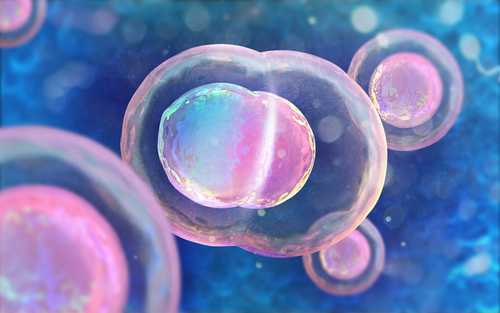New Stem Cells Seen to Restore Lung Air Sacs After Injury, May Help in COPD Research
Written by |

A new subset of stem cells was found to expand quickly after lung injury and to specifically restore the tissues of air sacs, called alveoli, according to a study published in the journal Nature.
This finding can represent a new therapeutic option for treatments targeting pulmonary conditions such as chronic obstructive pulmonary disease (COPD).
The study was led by researchers at Penn’s Perelman School of Medicine and the Children’s Hospital of Philadelphia (CHOP). It is titled “Regeneration of the lung alveolus by an evolutionarily conserved epithelial progenitor.”
The team identified what they called alveolar epithelial progenitor (AEP) cells in the lungs of mice. After tracking these cells for a few months they found that this cell population is very stable during adulthood.
“One of the most important places to better understand lung regeneration is the alveoli,” Edward E. Morrisey, PhD, scientific director of Penn’s Institute for Regenerative Medicine and the study’s senior author, said in a press release.
“To better understand these delicate structures, we have been mapping the different types of cells within the alveoli. … understanding cell-cell interactions should help us discover new players and molecular pathways to target for future therapies,” Morrisey added,
To evaluate the role of these cells in lung injury, the researchers used a mouse model of the flu virus. The infection triggered the expansion of AEPs, which transformed into mature cells that regenerated the damaged alveoli.
“These cells sits quietly, but poised, in the lung until an injury activates them to proliferate and differentiate,” said David B. Frank, an MD and PhD, pediatric cardiologist at CHOP and co-first author of the study. “If we can learn to manipulate the biological signals in this process, we may be able to regenerate lung tissue in patients.”
Next the team isolated human AEP and found they had cellular markers that identified them as progenitor of alveoli cells, similar to what they found in mice.
In fact, an analysis of the gene pattern of the human and mouse AEP revealed they shared 35.6% of the enriched genes, including those that identified and regulated them as progenitor cells.
This finding suggests that these cells are biologically important and are conserved between species. In addition, it confirms that studying AEP in mice can provide valuable information about their behavior and role in human biology and disease.
“We now understand how the alveolar epithelial niche regenerates following injury,” Frank said. “With this information, we may able to design pathway-specific modifiers or cell-based therapies to treat lung damage.”
Given that the respiratory and the vascular system go hand-in-hand, the team is planning to explore potential contributors for blood vessel regeneration, as well.
“If we can eventually improve blood vessels along with healing damaged airways in our patients, we could significantly advance treatments,” Frank said.




